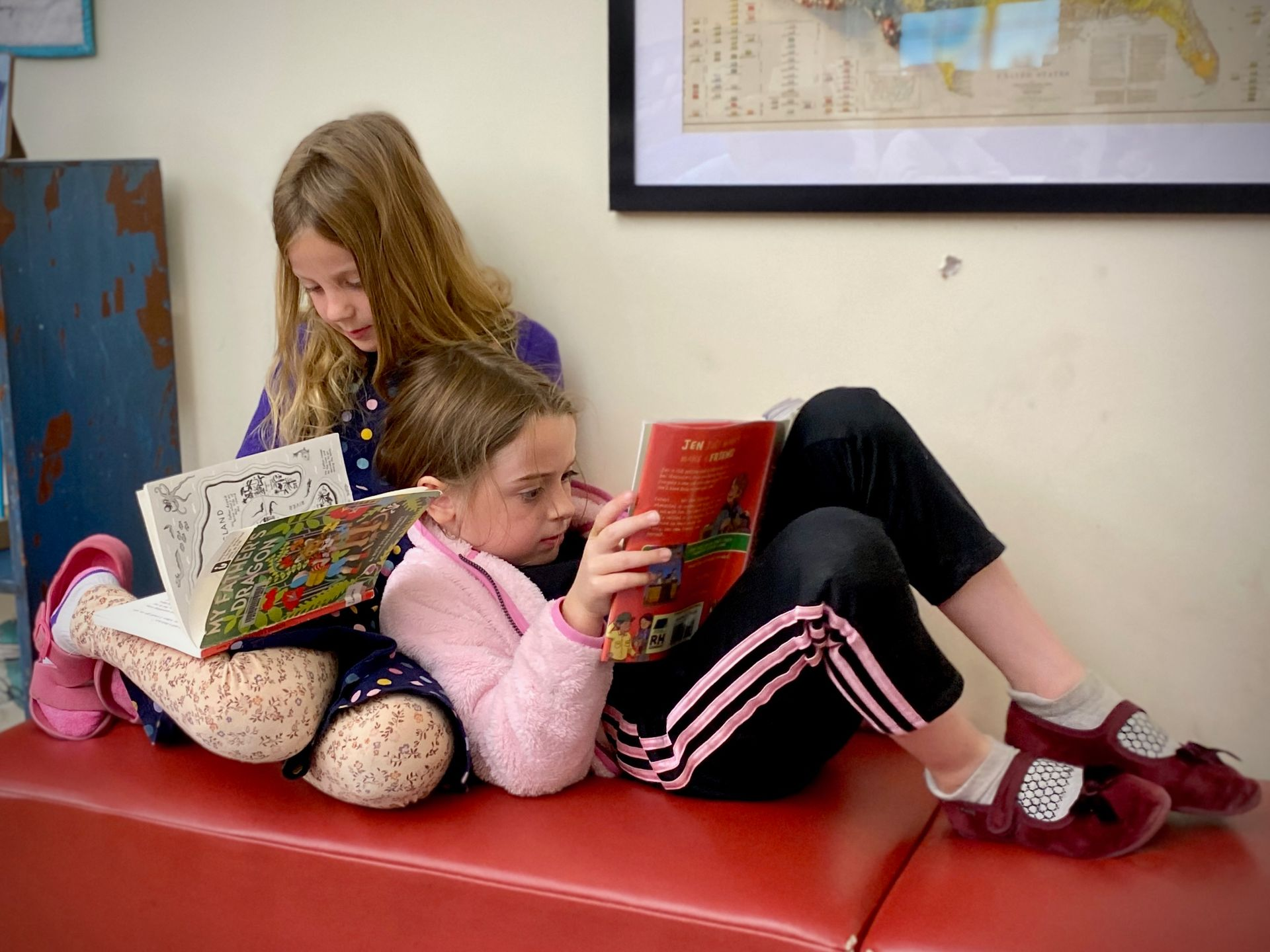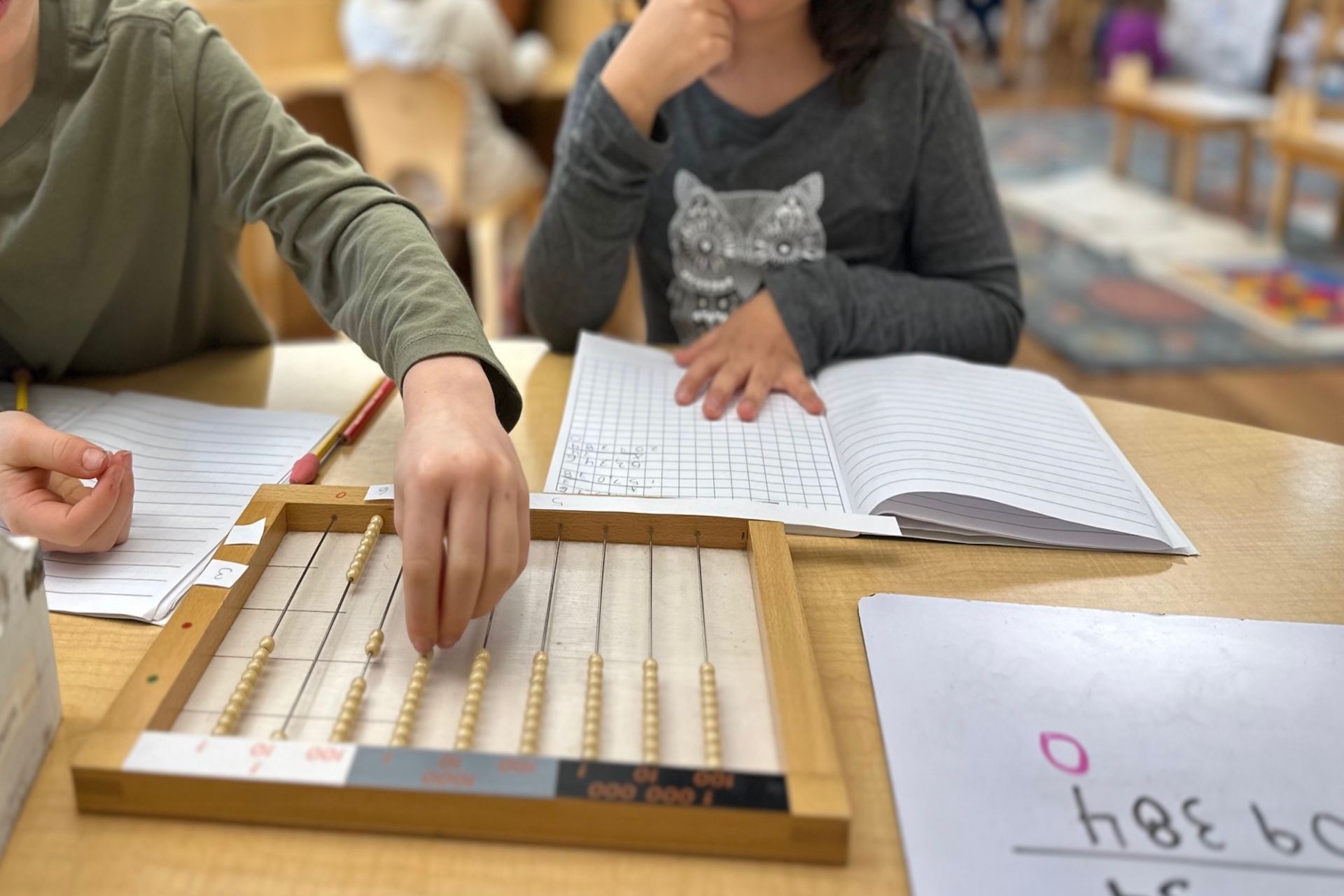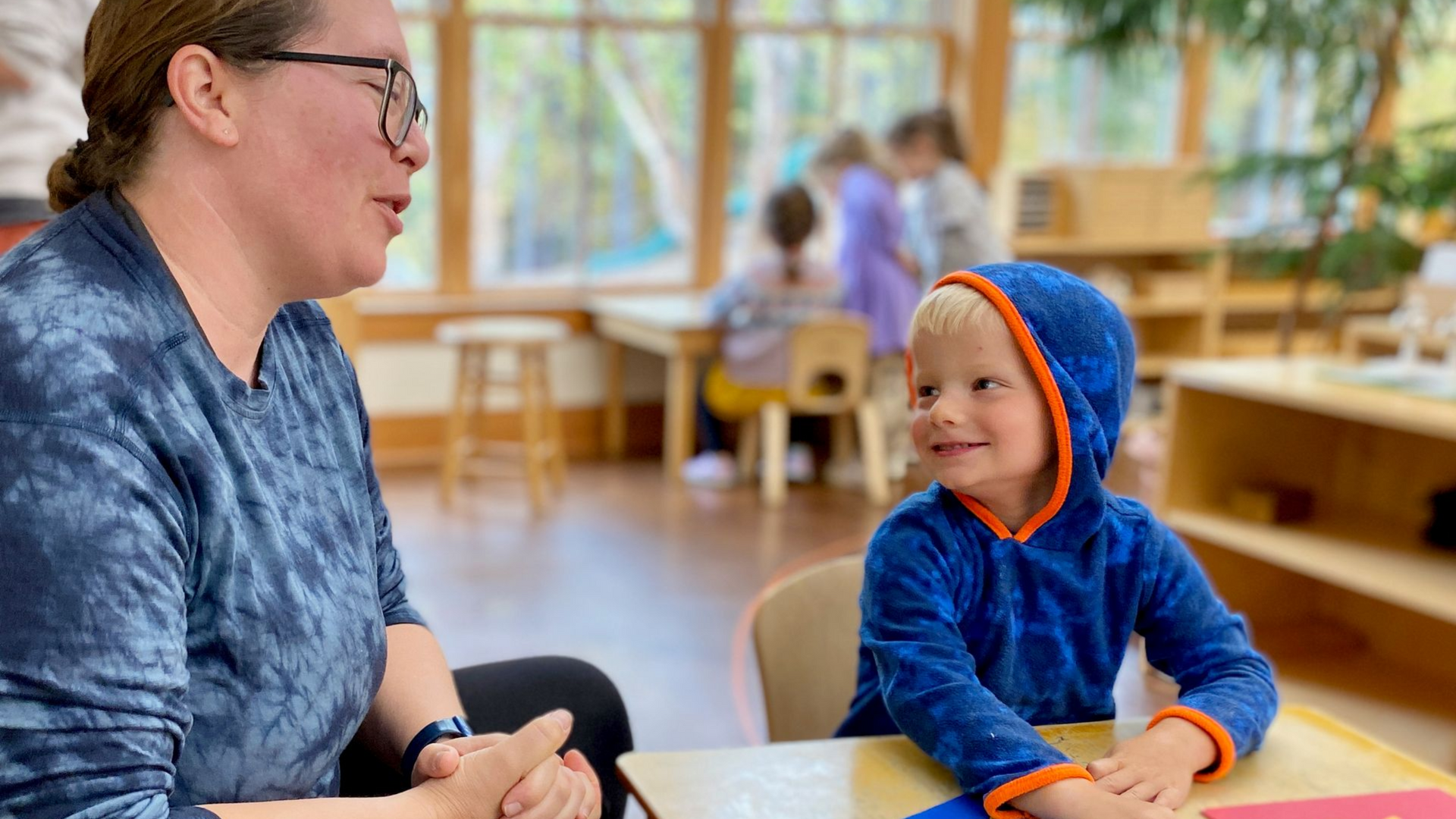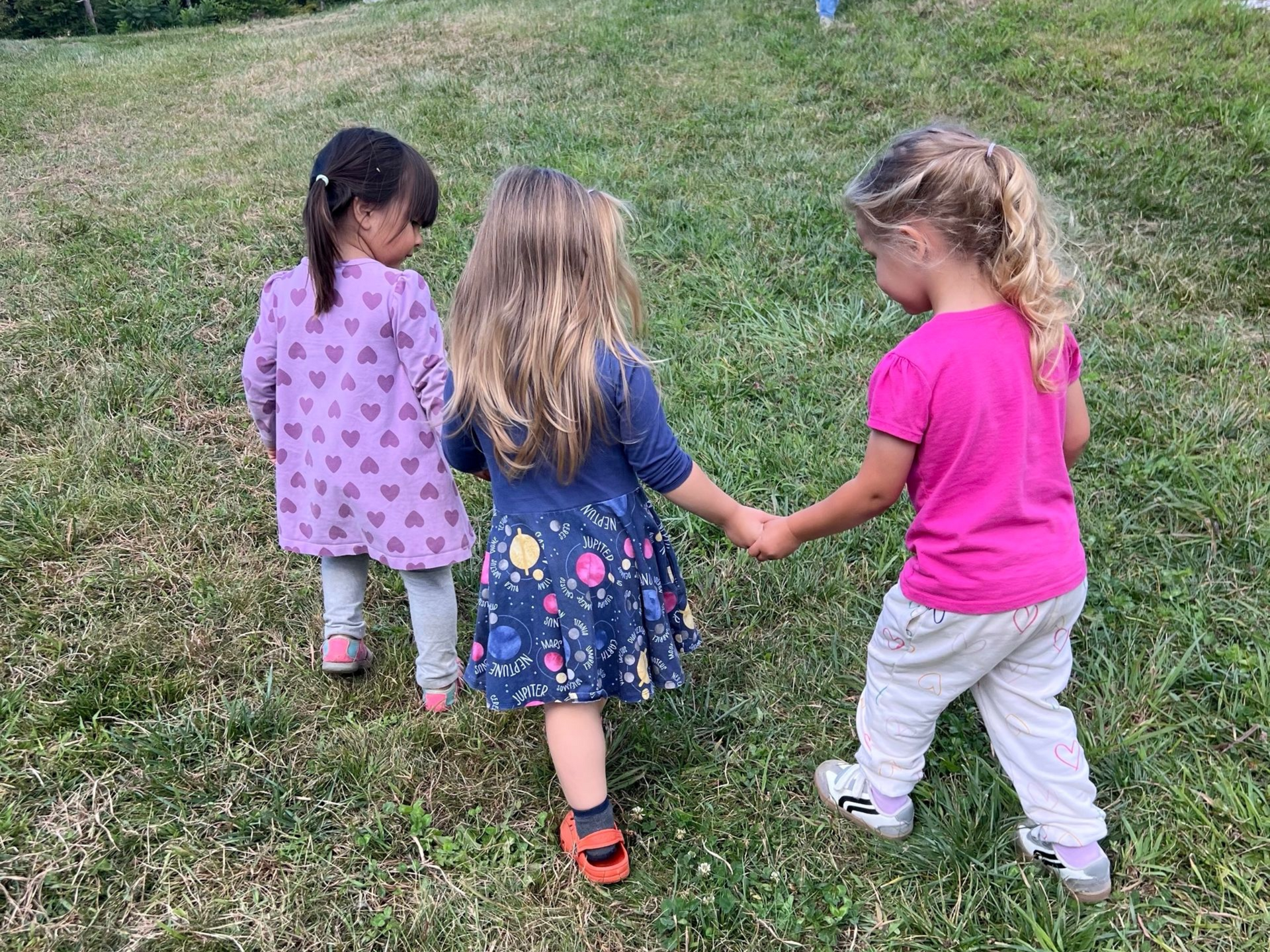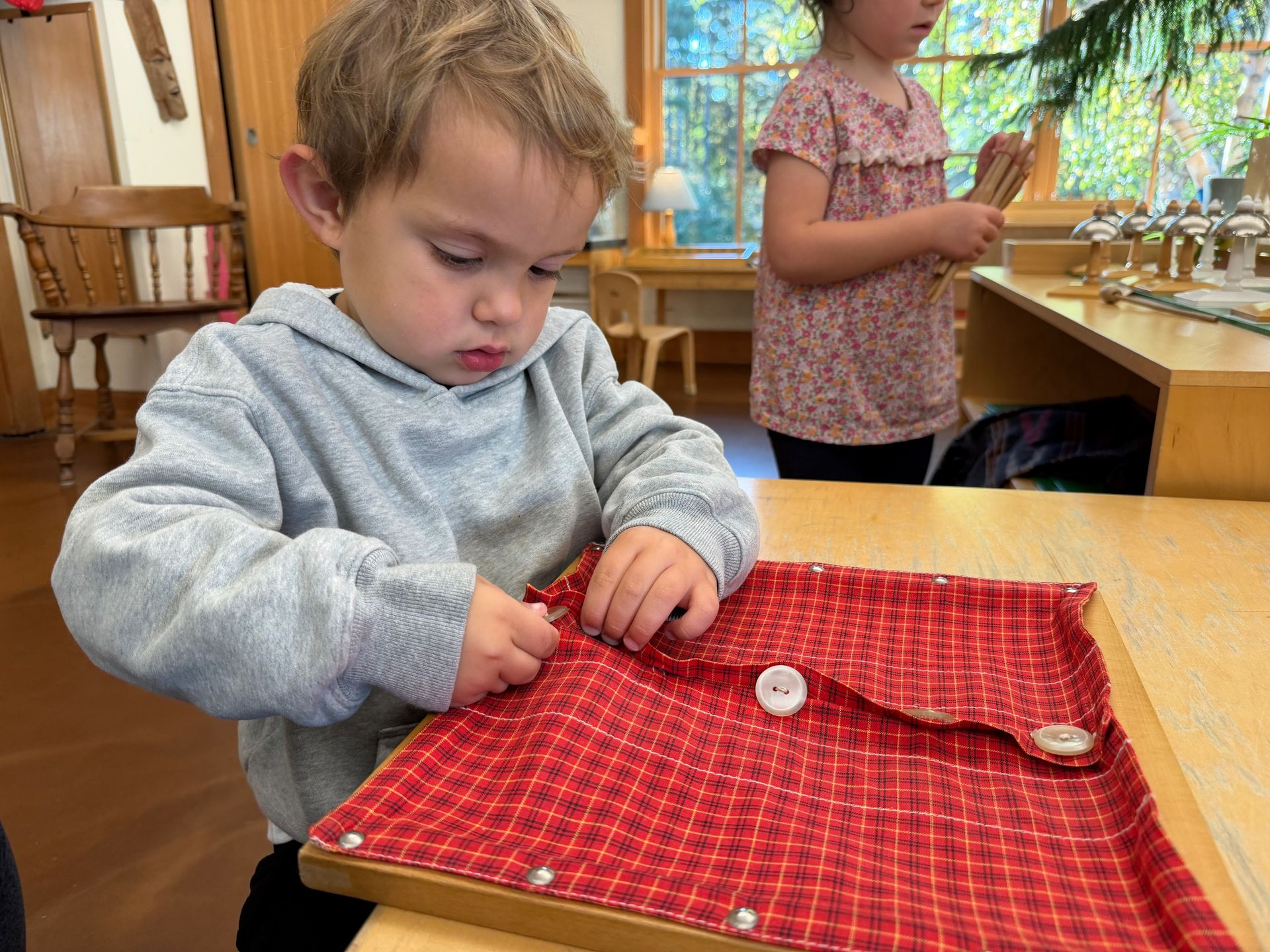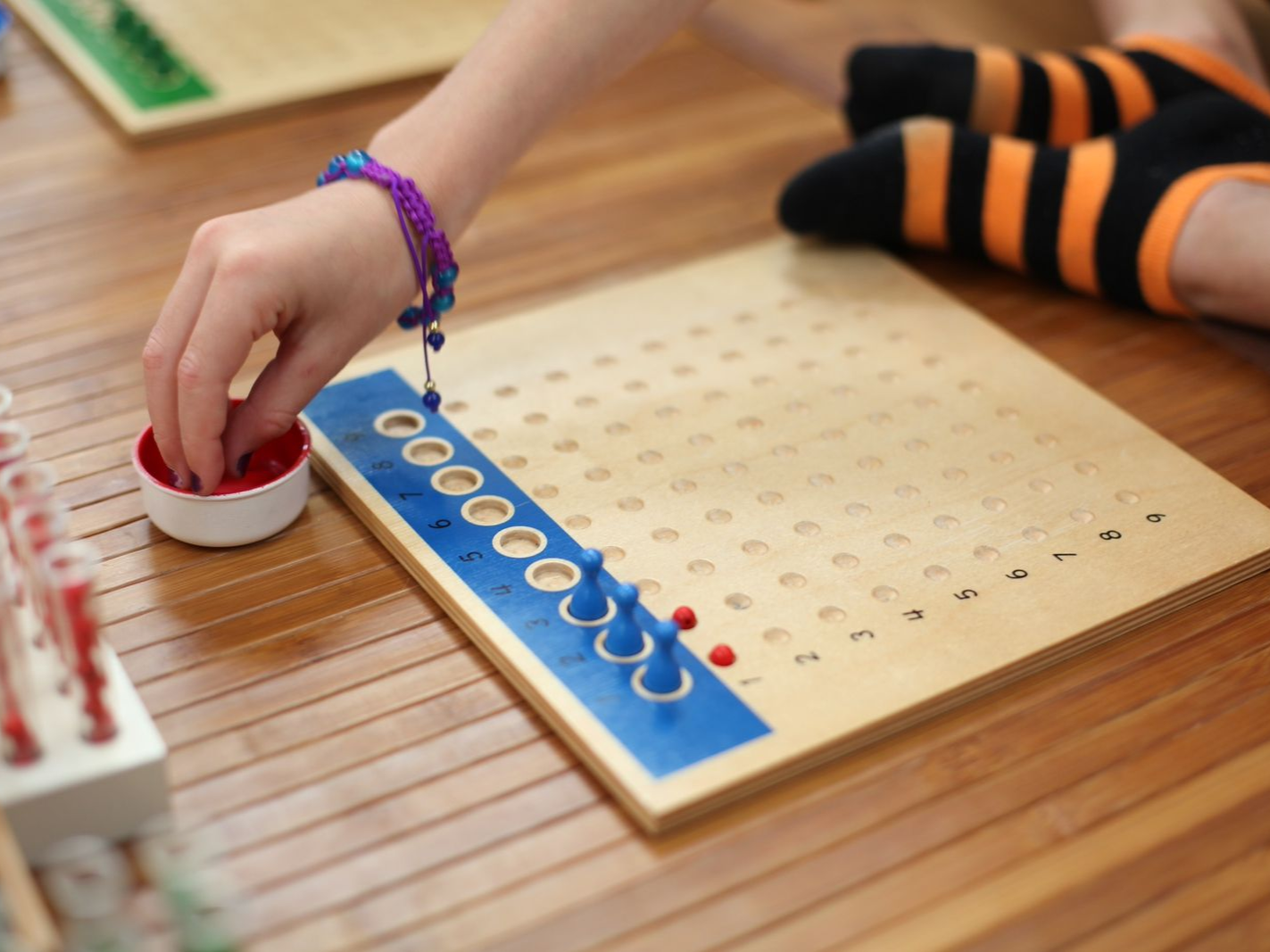Thank You to the Illustrators
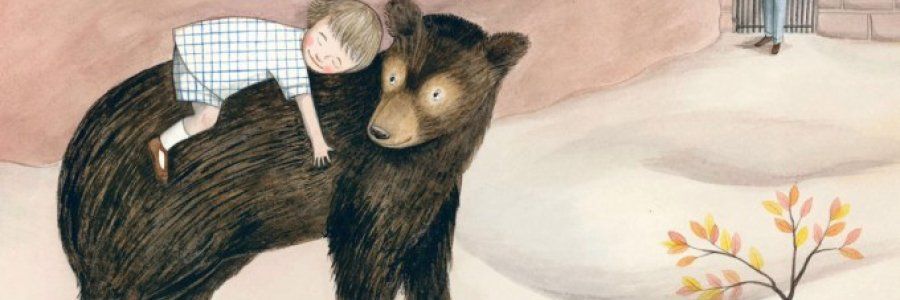
Each year the Association for Library Services to Children awards a special honor, the Caldecott Award, to the illustrator of one picture book. This coveted award has recognized some amazing works over the years and is a great way to highlight the important fact that illustrators contribute significant meaning to the art of children’s literature.
This week we share the Caldecott winners for the past decade. (By the time this article is published there will have been a recently announced 2021 winner, so keep an eye out for a new title to explore!)
Do keep in mind, though, that it is best that children under age five or six have access to books based in reality. Thus content that has anthropomorphized or talking animals is best saved for when young children are approaching their elementary years and can distinguish between fact and fantasy.
2021: We are Water Protectors, illustrated by Michaela Goade
A bold and lyrical picture book written by Carole Lindstrom We are Water Protectors is vibrantly illustrated by Michaela Goade. Inspired by the many Indigenous-led movements across North America, the story issues an urgent rallying cry to safeguard the Earth's water from harm and corruption. Michaela Goade’s vivid, swirling watercolors capture the sacredness of water and amplify Carole Lindstrom’s passionate call to action, while the story and illustrations simultaneously celebrate Indigenous community and ancestry.
2020: The Undefeated, illustrated by Kadir Nelson
Kadir Nelson illustrated this beautiful and often heart-wrenching love letter to black Americans, celebrating their achievements while honoring their traumatic history. Each page has gorgeous illustrations highlighting various points in history as well as individuals who have contributed to the world in magnificent ways. In addition to being a Caldecott winner, this book was also the recipient of a 2020 Newbery Honor and the 2020 Coretta Scott King Illustrator Award.
2019: Hello Lighthouse, illustrated by Sophie Blackall
Sophie Blackall’s Hello Lighthouse has a fascinating way of blending the simplicity of daily life with a rare window into an interesting part of history. A lighthouse keeper and his wife live alone on the island, going about the task of maintaining the beacon. In time, their family grows, and the monotony of cooking, tending to the light, and enjoying moments together plays out visually for readers to enjoy. The pages show beautiful cutaways of the interior of the lighthouse, allowing us a peek back in time.
2018: Wolf in the Snow, illustrated by Matthew Cordell
In this charming wordless book, a child is on her way home from school when she comes across a lost wolf pup as a snowstorm begins. She hears the barks of the wolf’s family in the distance, and trudges through the snow to return it safely. Afterward, she finds herself turned around in the windy and white landscape, but her new friends find a way to return the favor.
2017: Radiant Child: The Story of Young Artist Jean-Michel Basquiat, illustrated by Javaka Steptoe
Jean-Michel Basquiat grew up in Brooklyn, absorbed for hours in his own art and dreams of becoming a famous artist. His mother encouraged him and taught him that art was more than just pretty paintings. As he grew up, he explored various mediums, and became well-known first through his street art. His mother eventually became ill, but Jean-Michel always remembered her influence on him and showed his gratitude for her support.
2016: Finding Winnie: The True Story of the World’s Most Famous Bear, illustrated by Sophie Blackall
One evening, a little boy lies awake in bed asking his mother to tell him a true story. She obliges and tells the story of a veterinarian-turned-soldier who rescued a bear cub at a train station. The special bear is given the name Winnie, and eventually goes to live at the London Zoo, where she charms the heart of a little boy named Christopher Robin and his father, A. A. Milne. The veterinarian’s granddaughter turns out to be the mother telling the story, and it is, indeed, the story behind the inspiration for the famed character, Winnie the Pooh.
2015: The Adventures of Beekle: The Unimaginary Friend, illustrated by Dan Santat
A small creature lives on an island with other fantastic creatures, where they all await the moment a child will choose each as their imaginary friend. The small creature becomes impatient, leaves the island, and searches throughout the land of humans for the friend he is destined to be with. It isn’t until one day, from high up in a tree, he looks down and spots her, and they both know it was meant to be.
2014: Locomotive, illustrated by Brian Floca
This book is perfect for both train lovers and history buffs. The illustrations help readers understand what it was like in the early days of the locomotive in the United States, as its rails were laid down by hard working people and the cars snaked their way across the land. The roles of various people running the train itself are detailed, as are the journeys and lives of some of the early travelers.
2013: This Is Not My Hat, illustrated by Jon Klassen
One small fish steals the hat off a sleeping and unsuspecting large fish. Though the small fish knows what it has done is wrong, it spends most of the book defending its decision and finding a way to hide itself. Undeterred, the large fish wakes up, realizes what has happened, and sets off to retrieve what is rightfully his.
2012: A Ball for Daisy, illustrated by Chris Raschka
Sweet Daisy, a scrappy pup, adores her red ball. She plays with it, chases it, and cuddles on the couch with it. One day, her owner takes her and her ball to the park to play, where they meet a friend. Daisy and the other dog both run for the ball, but the other dog accidentally pops it. As you can imagine, Daisy is distraught, but there is a happy twist at the end. This beautifully illustrated book tells its story without any words at all.
2011: A Sick Day for Amos McGee, illustrated by Philip C. Stead
Amos McGee is a morning person, and each day he swings his legs out of bed, makes breakfast, and heads off to work at the zoo. He takes great care to visit with each of his animal friends, spending time with them in the way each individual appreciates. One day Amos wakes up sick and realizes he must spend the day at home. Missing him dearly, the animals find their way to his house and repay all the kindness he has shared with them over the years.




